This article was co-authored by Caitlin Downey. Caitlin Downey is a Registered Yoga Teacher at Yoga Therapy in Burlington, Vermont. She has over 200 hours of experience as a certified Yoga Instructor since 2014, and has over 600 hours of training as a certified Phoenix Rising Yoga Therapist.
There are 10 references cited in this article, which can be found at the bottom of the page.
This article has been viewed 42,173 times.
While aerial yoga may look more like a circus act than an everyday workout, it’s actually been shown to have numerous health benefits. It facilitates spinal decompression, eases pressure on your joints, strengthens muscles, and can even sharpen mental focus and mindfulness.[1] Scientific data from Complementary Therapies in Clinical Practice shows that yoga is good for your physical, emotional, and mental health.[2] Whether you’re a yoga newbie or already a regular in floor-bound yoga class, you can try aerial yoga by purchasing a hammock or joining a class, warming up for the workout, dressing appropriately, and starting out with some basic aerial poses.
Steps
Gathering Your Supplies
-
1Purchase a yoga swing or hammock. Unlike some other sports and workout regimens, aerial yoga requires only one piece of equipment: a strong strip of silk fabric—usually called a swing or hammock—that hangs from the ceiling. When selecting a yoga swing, check out online retailers and sporting good stores to compare prices and brands before purchasing one. In general, you can get a quality swing for $50-$150.[3]
- Among other things to consider, you should check out handle options on different swings. Some swings are just bare-bones drapes of fabric, but others include one or several sets of plastic or hard handles to use for your hand grips.
- Also check the weight capacity of the swings you’re considering buying. Most swings claim a capacity of 300 pounds (140 kg), but some specialty swings will bear more weight.
-
2Install your swing in a safe area. In order to practice aerial yoga effectively and safely, you’ll need to hang your swing from a 4 in × 4 in (10 cm × 10 cm) or 2 in × 6 in (5.1 cm × 15.2 cm) ceiling beam. You’ll also need to place it in an open area of your house or yard—many people prefer using a garage or home gym area—so that you have room to move around. That being said, every swing is different, so be sure to follow the manufacturer’s directions included with your swing.[4]
- If you aren’t too handy around the house, hire a contractor to assist with swing set-up.[5]
Advertisement -
3Dress in long-sleeved shirts and pants. Due to the high-friction nature of aerial yoga, you should wear long sleeves and pants when practicing it. After all, armpit and inner thigh skin can be particularly delicate, and you don’t want sharp pinches to keep you from working out.[6]
- Also be sure to take off any jewelry! Even small earring hoops can get snagged in the swing fabric and cause damage to you and the swing.
Making Safety a Priority
-
1Be mindful of food and drink. Like regular yoga, aerial yoga can put a lot of pressure on unaccustomed body parts and cause your body to release gas. In order to avoid an upset stomach or uncomfortable gassiness, stay away from fizzy drinks for at least 2 hours before your session.[7]
- For similar reasons, you’ll probably want to wait at least 2 hours after eating to begin your session.
-
2Have a spotter or yoga buddy practice with you. Once you’re a seasoned yoga flyer, you can do your workouts alone. In the meantime, though, you should always practice aerial yoga with someone else. At the very least, have someone in the room so that they can assist if you fall or find yourself in a precarious position.[8]
- That being said, don’t be afraid of the yoga swing! For most moves, you’ll actually only be about 3 inches (7.6 cm) from the ground, so even if you fall off, you won’t have far to go.
-
3Find an aerial yoga studio in your area. If you’re uncomfortable with trying out aerial yoga at home or you don’t have a place where you could hang your hammock, sign up for a class in a local gym or studio. In recent years, several schools of aerial yoga have emerged, including Air Yoga, AntiGravity Aerial Yoga, and Unnata Aerial Yoga.[9]
- When you find a studio offering aerial yoga, ask about their class offering so that you can find one catering to your level of yoga expertise and general fitness.
-
4Take an aerial yoga class to make sure it's right for you. Since aerial yoga can be difficult to learn and even dangerous, plan to start at a studio and take a class with a professional before trying it on your own. If you enjoy the class and find that aerial yoga is a good exercise for you, you can begin doing it on your own.
Starting Your Yoga Practice
-
1Stretch before getting up on the hammock. Since your body may not be used to the motions and pressures entailed in aerial yoga, it’s particularly important that you warm up your muscles before beginning your workout. Get limber and ready by stretching out all the main muscle groups—including your legs, arms, and core—for at least 15 to 20 minutes.[10]
- Pay special attention to your shoulders, hands, and arms, as these are put under particular strain during an aerial yoga workout.
-
2Stand in the center of your mat and separate the sides of the swing. From this position, you can begin to do some of the most basic aerial yoga moves, such as the aerial lunge. You should be standing close enough to the swing that your face touches or almost touches the fabric, and the bottom of the swing’s “U” should hit at pubic bone level.[11]
- If the swing hits higher or lower than your pubic bone, you should adjust it before mounting the swing.
- The aerial lunge improves quad strength and stretches out your hip flexors.
-
3Place your right leg inside the “U” of the hammock. In order to complete an aerial lunge, you need merely set your right leg into the hammock’s U and bend it so that the swing sits on the lower surface of your leg above the knee. The swing should support your right leg while your left one remains firmly planted on the mat.
-
4Position your hands at hip level and slowly lean forward. With your arms akimbo, you should lunge forward when inhaling. Keep your left leg planted as before and feel your left quad and hip stretch out.[12]
- Take care to lunge straight forward rather than leaning to either side. It might be difficult at first, but your balance will improve as you practice.
- To maintain your balance, you can hold onto the outside of the swing.
-
5Rock back to starting position when exhaling. Once you’ve leaned forward into lunge position, you should exhale and apply pressure to the hammock with your right leg. This will push you back into the starting position so that you can repeat the aerial lunge again.
- Once you’ve repeated this move several times, switch legs and do lunges with the left leg in the hammock.
-
6Try out slightly more complicated moves, such as the half boat pose. Once you’ve got the basic aerial lunge down, you can move on to other fundamental and generally accessible poses. The half boat pose, for example, requires you to rest your lower back in the hammock, lean back, and lift your legs. Hold the pose for 5 seconds to engage your core and develop core strength and awareness.[13]
- Other basic aerial poses to try are child’s pose and downward facing dog. For further guidance, check out online video tutorials.
-
7Focus on fine-tuning learned positions. Like regular yoga, you should strive to improve the positions you’ve learned. Seemingly small details, such as foot or hand direction, leg extension, or pointed toes can make a huge difference to the benefit and sustainability of a position. Take care to be mindful of the execution of every pose, even if you feel like it’s getting to be old hat.[14]
- If you’re having a hard time spotting problems in your technique, consider putting up a big mirror so that you can keep an eye on your workout.
-
8Be prepared for some aches and bruises. Aerial yoga is one of the most low-impact, therapeutic workouts you can do, but chances are it won’t be smooth sailing at the start. Since you’re working muscles in ways you haven’t before and putting pressure on unaccustomed joints and skin, you’ll experience some mild to mid-level discomfort during and after your initial workouts.[15]
- Most people find that aerial yoga workouts get easier and less painful after about 2 weeks of practicing.
- Visit your healthcare provider if you are abnormally uncomfortable or in pain.
References
- ↑ http://www.yogajournal.com/article/types-of-yoga/learn-fly-aerial-yoga/
- ↑ https://pubmed.ncbi.nlm.nih.gov/27502816/
- ↑ http://www.cnn.com/2017/01/06/health/aerial-yoga/
- ↑ https://www.yogaswings.com/how-to-hang-a-yoga-swing-from-your-ceiling/
- ↑ http://www.cnn.com/2017/01/06/health/aerial-yoga/
- ↑ https://www.acacia.tv/fit-blog/21-things-to-know-before-trying-aerial-yoga/
- ↑ http://www.huffingtonpost.com/kayla-matthews/why-you-should-try-aerial-yoga_b_7258936.html
- ↑ http://www.huffingtonpost.com/kayla-matthews/why-you-should-try-aerial-yoga_b_7258936.html
- ↑ http://www.yogajournal.com/article/types-of-yoga/learn-fly-aerial-yoga/
- ↑ http://www.yogiapproved.com/yoga/aerial-yoga-the-beginners-guide-to-the-aerial-hammock/
- ↑ http://www.yogajournal.com/slideshow/the-aerial-yoga-sequence-9-poses-to-defy-gravity/#3
- ↑ http://www.yogajournal.com/slideshow/the-aerial-yoga-sequence-9-poses-to-defy-gravity/#3
- ↑ http://www.yogajournal.com/slideshow/the-aerial-yoga-sequence-9-poses-to-defy-gravity/#3
- ↑ http://www.yogiapproved.com/yoga/aerial-yoga-the-beginners-guide-to-the-aerial-hammock/
- ↑ http://www.yogiapproved.com/yoga/aerial-yoga-the-beginners-guide-to-the-aerial-hammock/

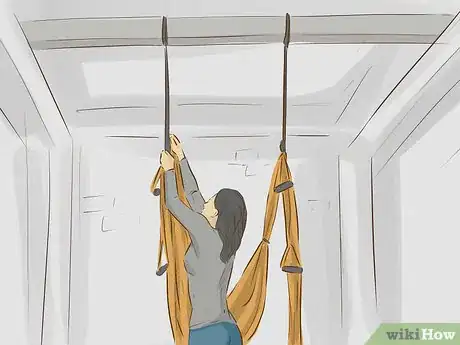
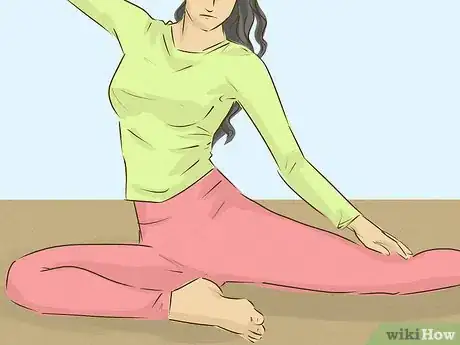

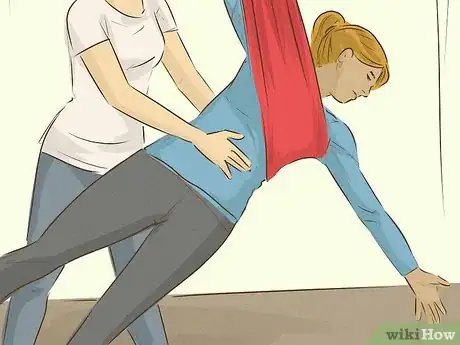

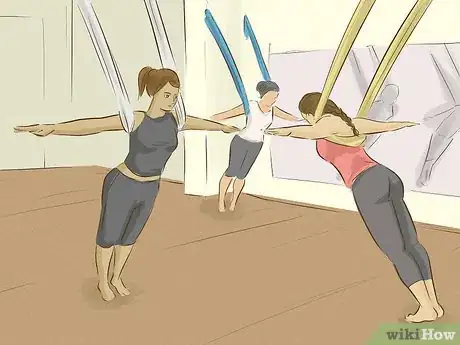
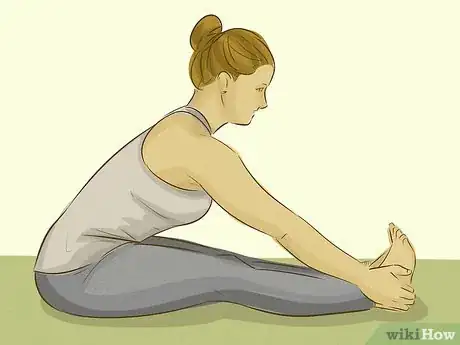
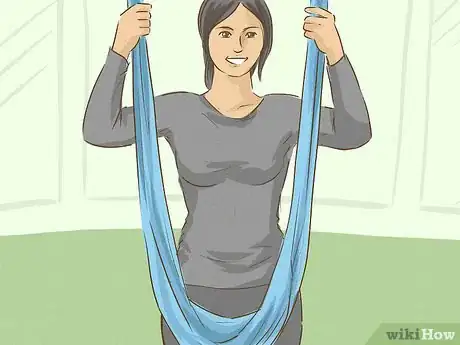
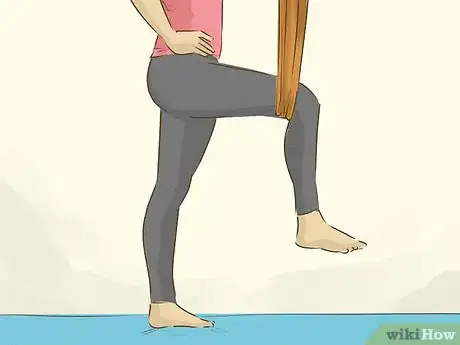
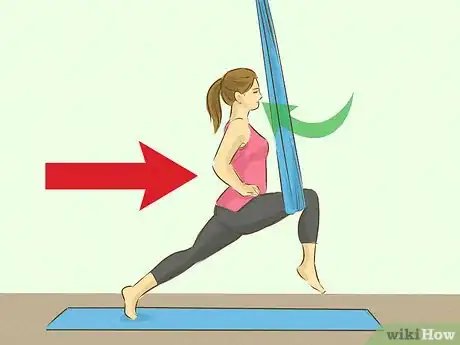
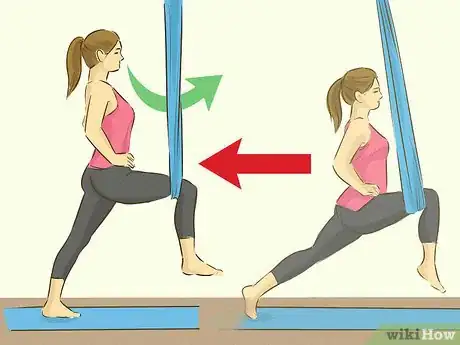
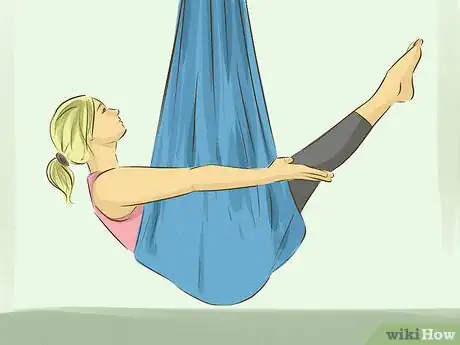
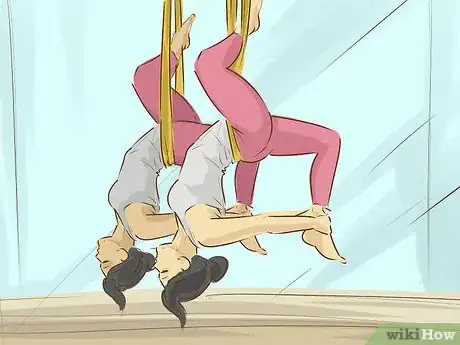










-Step-16.webp)
















































